Why students can’t problem solve if they don’t have numeracy
The goal of modern day math classrooms is to equip students to solve everyday math problems.
There are lots of approaches to developing problem solving skills. But without a foundation of numeracy, students won’t be able to reach their full problem-solving potential. Good problem solving is dependent on core numeracy skills.
In some ways, numerical fluency is like reading fluency. Both are building blocks. Reading fluency – being able to decode words – impacts reading comprehension. Many language arts teachers have observed that students with poor phonetic decoding and sight word recognition skills read so slowly that they are unable to understand the very sentence they just read.
Poor numerical fluency has the same negative effect in mathematics. When the child’s numerical ability is lacking, they struggle to solve multi-part math problems. Numerical fluency is the ability to work fluidly with numbers in a variety of mathematical situations. Kids competent with numeracy have the ability to hold a multi-part problem in their working memory, use their skills to resolve each part, and solve the problem as a whole.
Numerate students are capable of solving multi-step math problems – and importantly – evaluating the reasonableness of the solution. For example:
Joseph saves pictures in a 4 page photo album. He has 102 pictures in the album – 28 pictures on the first page, and 23 pictures on each of the last two pages. How many pictures are on the second page of Joseph’s photo album?
The numeracy math skills needed to solve this problem are:
- The ability to double (or multiply by 2) – 23 x 2 = 46
- Summing two two-digit numbers with carrying: 46 + 28 = 74
- Subtracting with regrouping: 102 – 74 = 28
- Evaluating the reasonableness of the solution (adding them all together to verify they sum to 102).
If your students struggle with one of these skills, they’ll be incapable – or extremely slow – to solve the problem as a whole. Most tests these days are timed – so speed matters.
So what’s a school to do? Be sure to put a little time into reinforcing the core numeracy skills that your students will need to draw upon to solve the problems they tackle in class. A little investment in numeracy goes a long way.
Looking for a simple 5-minute a day way to do so? You are welcome to a free trial of Formative Loop.
How to use gamification to make students crazy for math

Educators then build real-world reward programs off of these points. Having a large array of options is beneficial to the students. Here’s some typical items in the reward system:
- 100 points – large reward (trip to the treasure box, lunch with the teacher, Hershey kiss from the principal)
- 50 points – medium reward (line leader, shoes off day, bring a toy from home)
- 25 points – small reward (get a sticker, choose the story to be read, choose your seat)
You may ask why we give points even when students don’t master a skill.
The reason is, we want the students to feel encouragement even for trying. This is a daily practice, not the final exam. The more engaged in practice our students are, the better the overall outcome will be.
You can also print out copies of our currency template if you want the students to practice with printed money they earn from their points.
We think this is an amazing addition to the program which will continue to build positive momentum with our students. We’d love to hear the rewards you have built around Formative Loop points. Share your stories with info@formativeloop.com!
Formative Loop Tips and Tricks




Be sure to view our getting started videos to learn more about the program.
Subtraction Facts: Elementary Students’ Math Fact Nemesis
Not true with subtraction facts: 8 – 5 = 3 and 8 – 3 = 5 appear as two separate subtraction facts. They are to a young student in the same fact family, but students must learn both of these subtraction facts. There is no commutative property of subtraction. To complicate matters, students must also learn double digit subtraction facts subtracting a single digit (13 – 8 = 5 and 13 – 5 = 8). Ask any elementary math teacher – the vast majority will agree. Subtraction facts are kids’ main adversary.
Is there a method to help kids to quickly learn many of their subtraction facts? Yes. There is!
Students still need to learn single digit from single digit subtraction facts (5 – 3 = 2 and 9 – 6 = 3), but those facts are much easier than single digit numbers subtracted from a double digit number (i.e. 17 – 9 = 8). There is a method that is very helpful in the latter case and adds numeracy skills of number sense and base 10 mathematics at the same time. This subtraction technique relies on student proficiency of the addition of two single digit numbers – a skill that is typically mastered well before working on subtraction facts.
This method is shown below using the math fact 15 – 7 = 8 with a typical subtraction fact format.

This method may appear complicated, but it has merit. After students are able to ‘Make 10’ quickly, they become very adept at the process – and subtraction facts are quickly mastered. The math skill of ‘Making 10’ should be taught to mastery prior to using this subtraction technique. Skill practice sheets for ‘Making 10’ are available in the Formative Loop Numeracy Resources Library.
Teachers should show the process on a number line so kids visually understand the physical nature of the mathematics and why this process ONLY works when subtracting a 1 digit number from a 2 digit number.
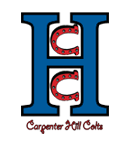

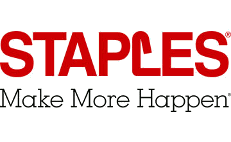


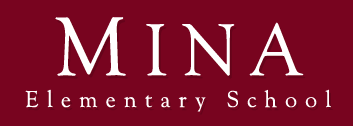
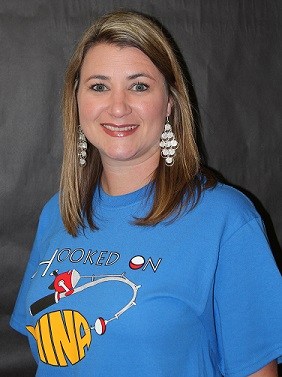

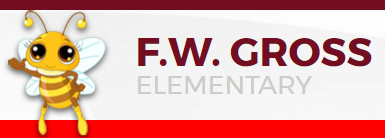 F W Gross is a medium-sized elementary school in Victoria, near the Texas gulf coast. They have around 350 K-5 students, with over 90% economically disadvantaged children. The school’s mascot is the bumblebee, and they are led by a very passionate principal, Mary Noble.
F W Gross is a medium-sized elementary school in Victoria, near the Texas gulf coast. They have around 350 K-5 students, with over 90% economically disadvantaged children. The school’s mascot is the bumblebee, and they are led by a very passionate principal, Mary Noble.
 Powerpoint Training for your school
Powerpoint Training for your school

